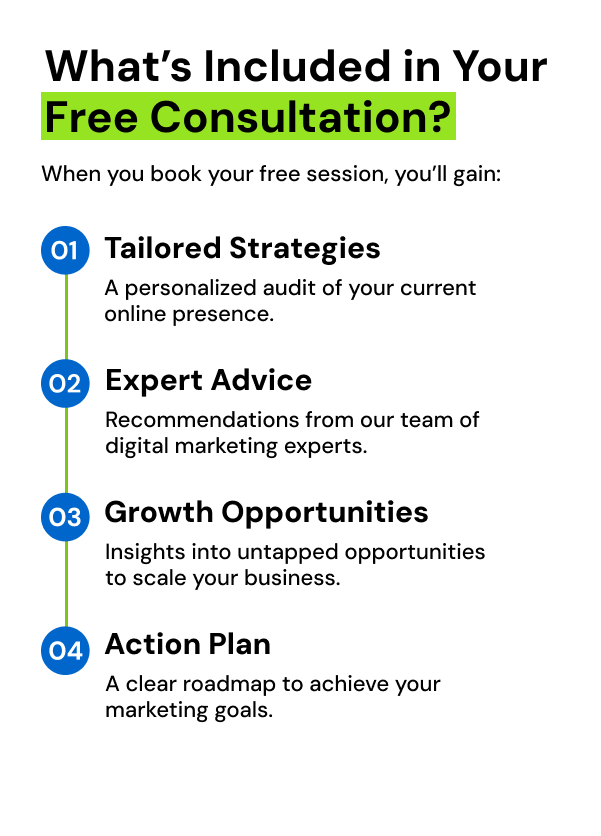Impact of AI On Authentic Content Branding
Generative AI produces content, visuals, videos and more by harnessing algorithms. Technological progress has enabled the AI facet to gain significant traction in content marketing. Hence, marketers can streamline content generation, uniquely tailor messages and enhance campaign efficacy. Generative AI is a formidable asset capable of creating useful images, texts, and videos. Often, AI’s efficiency surpasses human creative efforts.
Powered by tools like ChatGPT and DALL-E, Generative AI helps marketers with content creation improvements, sharpens creativity, and delivers personalized content experiences to viewers. Marketers can utilize new opportunities since they are now able to interact with their target demographics and create creative and effective campaigns sooner, which drives better and faster outcomes.
B2B professionals use Generative AI to find solutions to content production obstacles. Often, the toughest hurdles to overcome are tight timelines, resource restrictions, and the demand for content tailored to specific audience segments.
How is Generative AI of proven benefit to marketers?
With content branding being the concern to uplift a brand’s image, Generative AI has come as a boon to marketers:
- Efficiency goes high – Generative AI produces a wide range of content. The taken for manual creation is gradually lessened. Hence, the campaign rollouts are done sooner.
- A more personalized outreach – Since AI helps marketers craft tailored content for different audience segments, the brands can reach out to their customer base with more resonant and compelling messaging.
- Innovative creativity – AI generates fresh and unique content ideas by surfacing the best datasets. Thus, marketers can think beyond the boundaries of traditional marketing creativity.
- Dynamic adaptability – Generative AI dynamically modifies and adjusts content based on real-time data and feedback. It ensures current and relevant messages are delivered to the audiences.
- Data-driven insights – First, Generative AI analyzes huge amounts of data to provide predictive insights into audience preferences. Utilizing the results, marketers can anticipate trends and user behaviours.
- Cost savings – By lowering resource expenditures, the marketers will be able to achieve better results. All that should be done is automate content generation and optimizing.
Generative AI plays a vast role in capturing different aspects of content creation. Now, marketers can create effective campaigns and use videos or images within a few minutes.

AI better helps customers to identify a brand’s content
Generative AI has made it much easier to impersonate individuals and businesses with belief. However, steps need to be taken to protect both the business and its customers.
First, brands must proactively authenticate their profiles and content. It means the brands should maintain a consistent identity across the mediums. Therefore, the website URL, social media handles, and email address should be consistent and identified as part of the brand and company.
In case any handles or URLs are likely to be easily confused with a brand, those should be claimed at the earliest opportunity to prevent the setup of potential imposters. For the customers to trace the brand’s accounts, these should refer to each other across the platforms. In fact, the accounts should be compulsorily verified.
AI can create content for the brand that customers can trust and rely on
Consumers should quickly be able to authenticate the brand’s content as legitimate. Therefore, a “trust indicator” needs to be added to all content to ensure that it is consistently labelled as genuine. Trust indicators are easily identifiable marks and metadata labels that anyone can use to quickly build trust in a digital asset. This helps the customers to differentiate between a brand’s and an imposter’s content. The content can be labelled through Content Credentials based on the Coalition for Content Provenance and Authority or through open technical standards.
Using Content Credentials, creators can verify images, audio, video, or fonts to label their work as their own, along with any additional information to be disclosed in the file’s history, including the who and how of any changes made to the asset during its journey.
All major companies, including Adobe, Microsoft, Google, and OpenAI, lead as key members of the coalition. They are committed to becoming adaptive to the open standard. It means that the images created in Adobe Firefly or by ChaGPT and DALL-E-3 include the Content Credential, which is based on the C2PA standard.
The C2PA technical standard, along with the staged releases of fonts embedded in Content Credentials, helps simplify the font identification process. Thus, anyone will be able to distinguish between generative AI fonts and carefully crafted human fonts, thereby protecting attribution for font designers.
This technology is believed to have major implications across the industries. Content Credentials are digitally signed and linked with the file forever. Anyone can easily view this information, so it is much easier for customers to feel assured that they are purchasing or interacting with legitimate content. Through the Content Credentials, customers can make more informed decisions by gaining information on the file’s history.
Asset protection from scraping
Labelling the assets to indicate AI should not be tainted by using them is a way to minimize the risk posed to a brand by Generative AI. A few tools can be used to make it technically challenging for AI scrapers, such as PhotoGuard or Glaze, which work by making small changes to the images so that the image data is distorted if AI scraping occurs at any time.
Generative AI poses challenges, and to keep up with them might seem overwhelming. But by implementing a few steps, as discussed above, you can keep your company’s assets protected.

Authentic visual content is on the rise
A powerful movement is now emerging around authenticity in response to the saturation of AI-generated content. Because consumers want genuine experiences, the content featuring real people, places and emotions should be authentic.
Unfiltered, candid moments generate higher engagement on Instagram and TikTok, other than polished, curated posts. Since authentic content resonates on a deeper level, it forges emotional connections that are essential for long-term brand loyalty.
Shift towards realism in social media
Since social media users are more interested in realistic portrayals, they are rejecting the “highlight reel”. No heavy filters or editing clarifies the evidence of this shift. Sharing behind-the-scenes moments, real customer stories, or team member spotlights are some ways to embrace the movement and build an online community and trust.
Conclusion
Authenticity should be treated as a proven conversion driver. Seeing the real faces and hearing genuine stories, people are more likely to trust a brand. Gradually, this trust is converted into higher engagement rates, longer time spent on the webpage, and increased purchase intent. AI-generated content might attract attention, but its authenticity builds the confidence necessary for people to take action – perhaps to click a link, sign up for a service, or complete a purchase.
